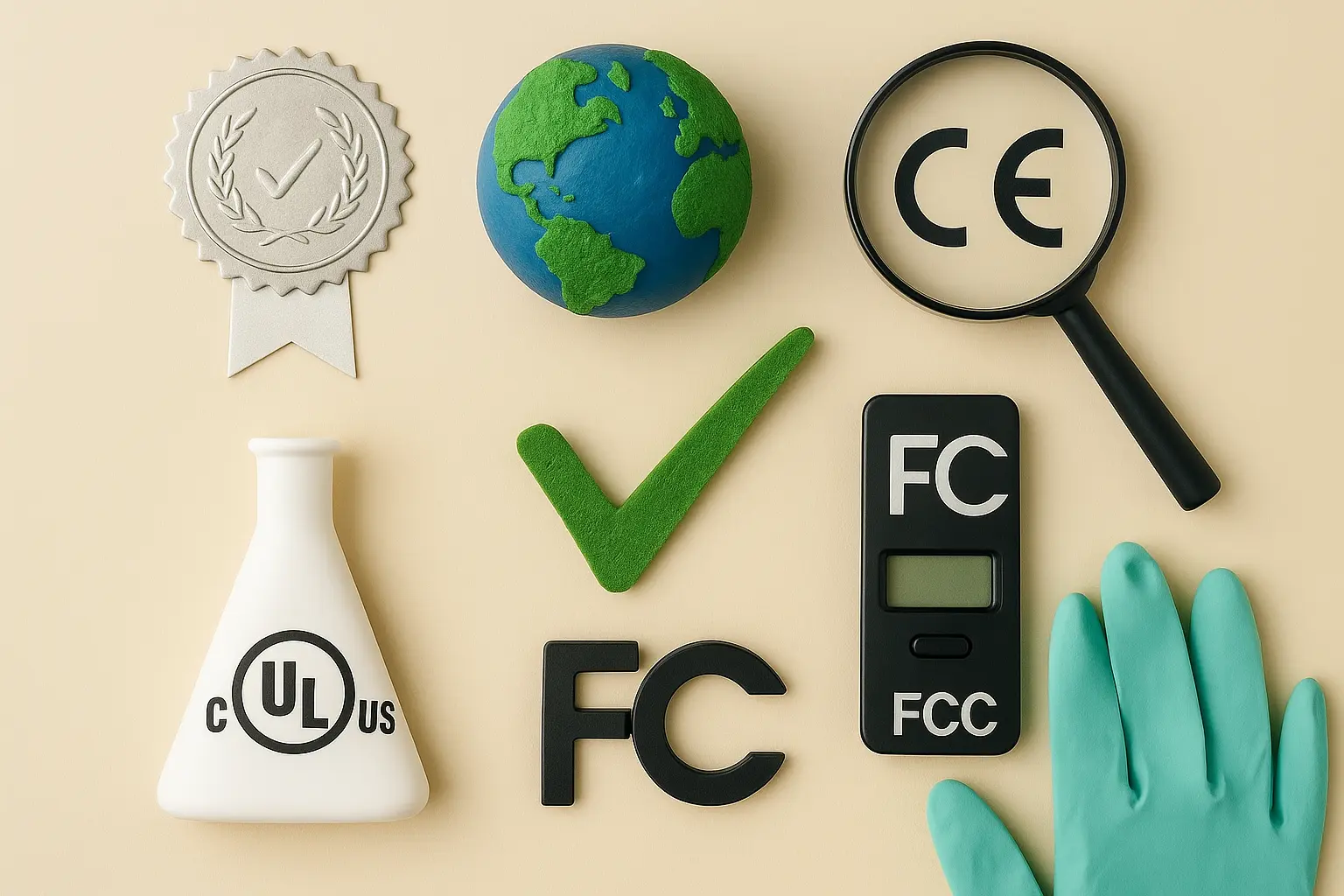Food Packaging Certification
The certification of food packaging is a critical step in ensuring that products meet stringent safety and quality standards. This process involves rigorous testing to confirm that packaging materials are free from harmful substances, biodegradable if necessary, and suitable for their intended use without compromising the integrity of the product they contain. Compliance with these criteria is essential not only for regulatory adherence but also for protecting public health, enhancing consumer trust, and maintaining brand reputation.
Food packaging certification typically includes a series of tests designed to evaluate various properties such as barrier performance (oxygen, moisture, and gas permeability), mechanical strength, chemical resistance, and biodegradability. These tests are performed using internationally recognized standards like ISO 14872 for barrier testing or ASTM D638 for tensile strength.
For example, oxygen transmission rate (OTR) testing ensures that packaging provides adequate protection against oxidation, which can affect the shelf life and quality of food products. Moisture vapor transmission rate (MVTR) tests assess how effectively the packaging maintains product freshness by preventing moisture ingress, a common cause of spoilage in many types of food.
The chemical resistance tests are crucial to verify that packaging does not leach harmful substances into the contents during storage and transportation. This is particularly important for plastics, which may contain additives like plasticizers or stabilizers. Biodegradability testing ensures that environmentally friendly packaging can decompose safely in natural environments without causing harm.
Testing is often conducted using real-world scenarios to simulate actual conditions under which the packaging will be used. For instance, samples are exposed to temperature and humidity variations, which mimic typical storage and shipping conditions. In some cases, accelerated aging tests may also be performed to predict long-term performance based on shortened exposure periods.
Once all required tests have been completed successfully, a certificate is issued confirming compliance with relevant standards and regulations. This certification serves as proof of quality assurance and helps manufacturers meet both domestic and international market requirements.
Why It Matters
The importance of food packaging certification cannot be overstated in today's globalized food industry where consumers demand safe, high-quality products while regulatory bodies enforce strict safety measures. By obtaining proper certification, manufacturers can ensure their products not only meet legal requirements but also gain a competitive edge by demonstrating commitment to superior quality and sustainability.
Compliance with these standards helps build trust among customers who are increasingly concerned about food safety and environmental impact. It also ensures that products comply with local laws and international agreements, thereby facilitating easier entry into different markets without additional barriers or delays due to non-compliance issues.
From a regulatory perspective, certification confirms that the packaging meets all necessary criteria set by governmental bodies such as FDA (Food & Drug Administration) in the U.S., ECHA (European Chemicals Agency), and others worldwide. This reduces potential risks associated with non-conformity which could lead to recalls or lawsuits.
Additionally, certified food packaging enhances brand reputation by showing consumers that the manufacturer prioritizes safety and quality. In an era where trust is paramount, this can significantly influence purchasing decisions and contribute positively towards long-term business success.
Industry Applications
| Application Area | Description of Testing | Standards Applied |
|---|---|---|
| Plastic Packaging | Testing for barrier properties, chemical resistance, and biodegradability. | ASTM D638, ISO 14872 |
| Paperboard Containers | Evaluating moisture vapor transmission rates (MVTR) and mechanical strength. | ISO 592, ASTM D1037 |
| Beverage Cans | Checking for seam integrity, corrosion resistance, and oxygen barrier performance. | ASTM B834, ISO 16856 |
| Application Area | Description of Testing | Standards Applied |
|---|---|---|
| Bulk Food Packaging | Assessing durability under extreme conditions and ensuring no contamination. | ASTM D792, ISO 3186 |
| Film Wraps for Fresh Produce | Testing for gas permeability to maintain product freshness. | ASTM F1306, ISO 15106-1 |
| Lid and Seals | Evaluating sealing effectiveness and preventing leaks or contamination. | ISO 9236, ASTM D4867 |
International Acceptance and Recognition
- The Global Food Safety Initiative (GFSI) recognizes food packaging certification as part of its benchmarking framework.
- Under the New Basel Convention, certified packaging is preferred for waste management due to reduced environmental impact.
- European Union directives mandate specific standards for certain types of packaging.
- China's Green Food Certification System includes stringent requirements for packaging materials used in the production of organic and green foods.
- The United States has several agencies that oversee food safety, including FDA which often references internationally recognized tests.





